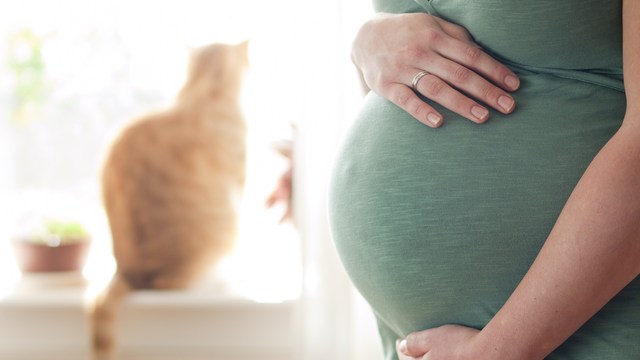 Photo: Getty Images
Photo: Getty Images
Did anyone watch the episode of Ugly Betty when she and her sister mistakenly switched pregnancy tests? Betty thought she was pregnant when it was really her sister. That had to be nerve-wracking. Many women have experienced a similar frustration trying to figure out how to use their own home pregnancy test.
According to the Mayo Clinic, the best time to use a home pregnancy test is one week after your missed period. This is the case even though manufacturers make the claim that you can get correct results as early as one day after a missed cycle. But home tests are not found to be as accurate early on in pregnancy. Also, some women don’t have detectable amounts of hormones as quickly as others do so if a home test is done too early, inaccurate results are given.
Just how do home tests work? When a fertilized egg connects to the uterine lining, the female body starts to produce the hormone HCG, human chorionic gonadotropin. These tests can reliably detect this hormone in the urine.
And just how accurate are the results? Of course, the manufacturers claim 99% accuracy – even after one day of a missed cycle as stated previously. Researchers suggest otherwise, at least a week after the missed cycle and only when used according to package instructions is when you’re more likely to get correct results. Could the results be wrong? Sure. More so than anything, women will receive a negative result when they are actually pregnant (called false-negative). It’s very rare that individuals would get a positive result when they are really not pregnant or when they should have gotten a negative (called false-positive).
You may receive a false-positive if you:
• Have traces of protein in your urine.
• Are taking certain drugs – diuretics and/or promethazine.
• Use a damaged or expired test kit.
You may receive a false-negative if you:
• Take the test too early. Wait to take the test until your period is at least one day late. That's the earliest most home pregnancy tests can detect pregnancy. For the most accurate results, take the test one week after a missed period.
• Time the test wrong. If you're collecting urine, do the test within 15 minutes of collecting the sample. And be sure to give the test time to work — but not too much time. You may want to set a timer according to the package instructions.
• Use diluted urine. Drinking too much fluid before taking the test may cause a false-negative result. For the most accurate results, take the test first thing in the morning when your urine is the most concentrated.
So in the end, if used correctly and at the right time, women can get reliable results from home pregnancy tests. Of course, when a positive result is received, it is very important to start prenatal care as soon as possible. On the other hand, if you keep getting a negative result and are still missing your cycle, please check with your doctor since there are many things that can cause missed periods.
Source: Mayo Clinic
Dita Faulkner is a freelance writer that has lost a total of four pounds! Woohoo!!





Add a CommentComments
There are no comments yet. Be the first one and get the conversation started!